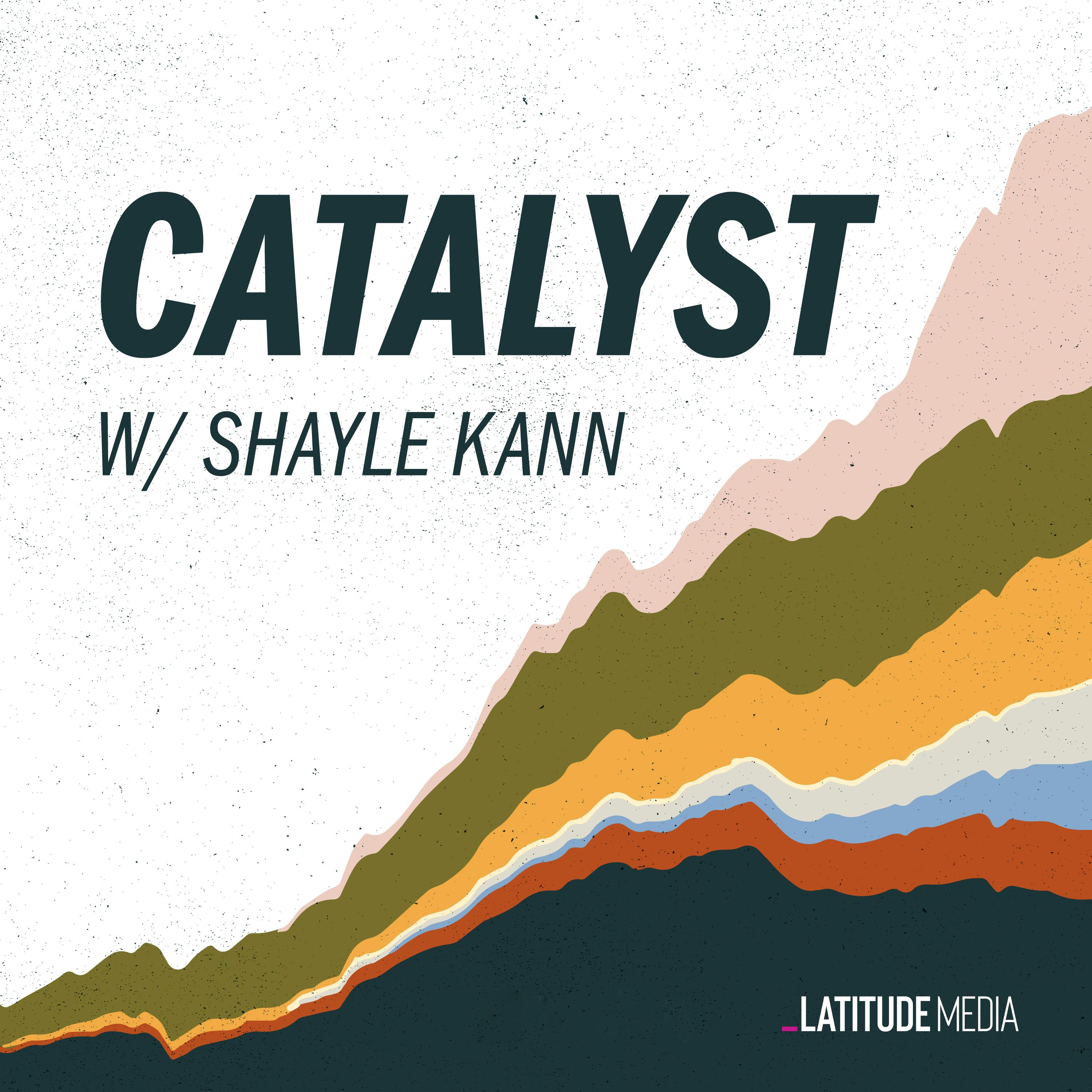Heavy duty decarbonization
Description
Batteries are making their way into more passenger cars and commercial vehicles than ever before, but the limits of electrification mean that we’ll likely need alternative fuels to decarbonize heavy transport like ships, planes, and trucks.
So what are those fuels and what modes of transport do they suit best?
In this episode, Shayle talks to his colleague Andy Lubershane, partner and head of research at Energy Impact Partners. They talk through the limits of electrification and the alternatives for decarbonizing trucks, ships, and planes, drawing on Andy’s recent blog post, “How will we move the big, heavy things?”. They cover topics like:
The main limitations of batteries: density and infrastructure
Volumetric and gravimetric density, and why they matter for different types of vehicles
How fossil fuels would beat out even a theoretical “uber-battery” multiple times denser than current batteries
Why upgrading “always-on” grid infrastructure can be lengthy, expensive, and disruptive
The alternatives to electrification: biofuels, hydrogen, and e-fuels
The advantages and limitations of each for different modes of transport
Recommended Resources:
Port of Long Beach: Our Zero Emissions Future
Enterprise Mobility: Electrifying Airport Ecosystems by 2050 Could Require Nearly Five Times the Electric Power Currently Used
Catalyst: Understanding SAF buyers
Utility rates could make or break the energy transition – so how do we do it right? On June 13th, Latitude Media and GridX are hosting a Frontier Forum to examine the imperative of good rate design, and the consequences of getting it wrong. Register here.
And make sure to listen to our new podcast, Political Climate – an insider’s view on the most pressing policy questions in energy and climate. Tune in every other Friday for the latest takes from hosts Julia Pyper, Emily Domenech, and Brandon Hurlbut. Available on Apple, Spotify, or wherever you get your podcasts.
More Episodes
Shayle and his team at Energy Impact Partners (EIP) review a lot of climate-tech pitches. The best kind of pitch uses a solid techno-economic analysis (TEA) to model how a technology would compete in the real world. In a previous episode, we covered some of the ways startups get TEAs wrong — bad...
Published 11/21/24
Oh, the heat pump — a climate tech darling that still hasn’t hit the big time yet. One challenge for heat pumps is that the customer experience can be difficult, involving a complex installation process, poor installation jobs, and even technicians that don’t want to sell you one.
What’s it going...
Published 11/14/24
Published 11/14/24


